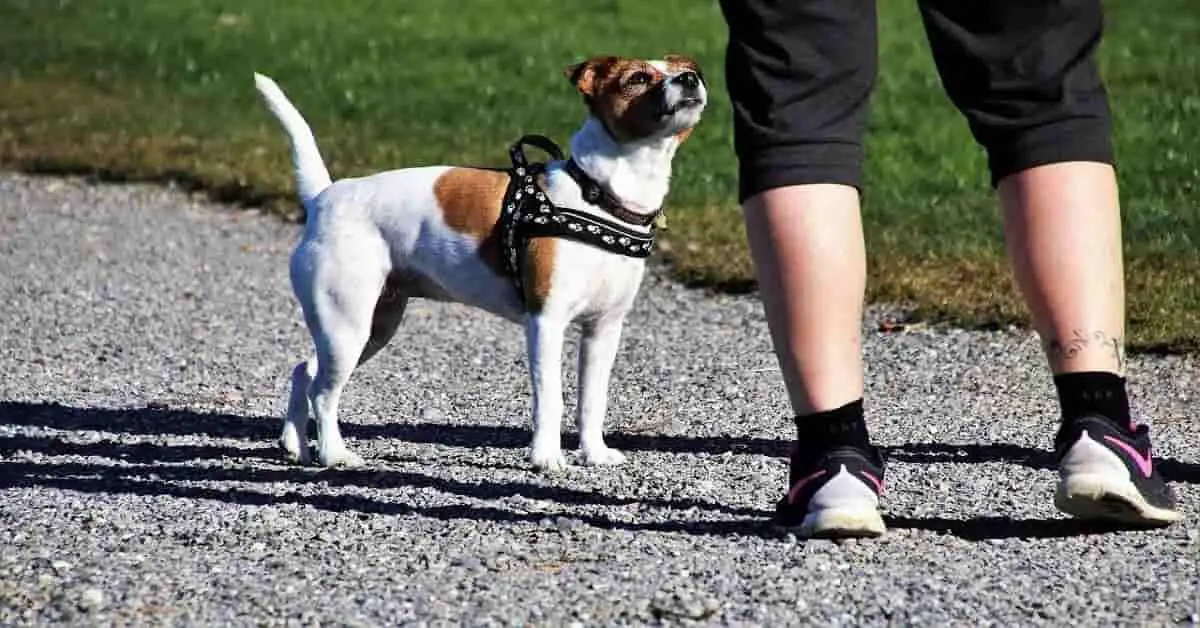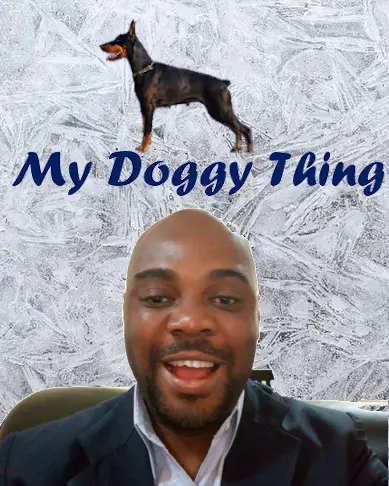HOW DO DOGS KNOW YOU ARE SAD?

Dogs are intuitive by nature, we already know that our dogs can hear and smell things at a level that we cannot phantom. In a sense our dogs are wonderful creatures, but how attuned are they to our emotions, behind that adorable dog eyes, slobbery smile, and wet snout, what is really going on in his or her head? do dogs know when you are hurt or feeling sad? Surprisingly the answer is yes!
Dogs know when we are sad. So if dogs know when we are sad, how do they do this?
“How do dogs know you’re sad?”
To answer this question we first need to understand some basic things. First dogs have been dependent on human beings for the provision of basic things and in some cases for survival for a long, long time. This dependency goes back to more than twenty-five thousand years of existence.
In this period dogs have gotten proficient in reading human expressions and cues. Dogs that were not able to do this usually suffered the consequences of not getting the basic things needed for survival like getting warmth from the fire made by men in the ancients time, being able to reside in a secure environment away from predators, getting food to eat and even lacking the company and emotional support of the humans which they so desired.
The dog ancestors had to do a lot of learning about us through their sense of Sight, Smell, Sound, and Taste.
You can read more about this here HOW DO DOGS VIEW OWNERS?
Our dogs can read several ranges of our emotions, let’s start with sadness.
1. Our dogs know when we are sad.
If you ever thought about how your dog knew the exact moment to interrupt your thought with that snuggle or face lick when you are feeling sad, think no more. Your dog can tell when you are feeling sad.
A research carried out by study researcher and psychologist Deborah Custance showed that dogs were more likely to approach a person showing signs of sadness to comfort them than one showing no emotional sign.
This was done by having a person humming or acting nonchalantly passing in front of the dog. Those that hummed and acted nonchalantly were not approached by the dog, but immediately one made a sound like he or she was crying or gave the body language of sadness, either a slouched shoulder or sad facial expression, the dogs acted as if they were set on alert and started observing the individual with more intensity. In most cases, the dogs were found to approach the individual and the more courageous ones put their paws or tried to cuddle near the individual even though they were complete strangers.
This goes to re-emphasize our dog’s proficiency in reading our body language.
2. Your dog knows when you are scared.
Your dog can easily pick up on a situation where you are afraid of something. Some dog breeds would switch into their protective roles immediately while some others would be as scared if not more than you are actually feeling at the time.
We have mentioned our dog’s proficiency in reading our body language, in addition to this, they are adept at reading our facial expressions especially our eyes. If our actions give the cue that we lack control of a situation, your dog would probably get the impression we are scared. This is magnified when we voice out our feelings and the tone carries a sense of helplessness.
This is the reason why dog trainers always advise that we speak to our dogs in a calm, confident manner. It is a total package, both our voice and our body language.
So next time you are outdoors and you sense some danger or there are dangerous-looking people around. When you tell your dog that everything is ok, your dog probably doesn’t believe you. The only reason your dog continuously listens to you is that you haven’t lost all your cool yet. Lose your cool and your dog tries to take control of the situation in his or her own way.
3. Your dog knows when they are not needed.
Dogs take a lot of cues from our eyes, the focus and intensity of how we look at things give our dogs a lot of hints where our attention is at the moment and he is left to decide whether he is needed or not.
That is why a dog can stay calm while you tinker with your tools or read a book but would suddenly act expectantly when you are dressing up. It is probably better to give your dog a sense of importance by scheduling your activities with him or her.
This way, your dog will not resent you and will act accordingly as there is this informal contract between you two on how to behave with each other.
4. Your dog knows when you are angry.
Just like the way your dog can pick up cues that you are scared, the same way they can easily interpret your expressions when you get angry. As we mentioned earlier dogs have had centuries of learning and adapting to our nuances to easily pick up the signs that we are angry.
This aspect of reading us is important to their survival and their interaction with us. Making puppy eyes, tucking their tails behind their legs, lowering their heads, all these are signs of submission, perfected over time to get the best reaction from us.
Like we said earlier, our dogs can read a whole range of emotions about us. But as we are concerned more about how your dog interacts with you when you are sad.
HOW DO DOGS COMFORT YOU WHEN YOU ARE SAD?
They do this in two ways.
i.) Some dogs will try to make physical contact or connection with their owners.
This they can do by trying to put their paws on you, putting their head on your lap, or even licking you. All this is done to make you know that you are not alone at that moment.
Really, this is the genius of nature.
ii.) Other dogs would try to distract you.
This they will do by trying to initiate some play with you, they might bring a ball and drop it at your feet, it might be a frisbee, they may even just act active jumping on you or around you all depends on how you have been interacting with them in the past.
There is another way that dogs interact with us when we are sad but this does not really show empathy for us. This is by leaving alone to ourself for a while. They do this believing you can deal with your issues and later call them to yourself when you are ready.
HOW TO REACT TO YOUR DOG COMFORTING YOU.
a.) First thing is to acknowledge your dog. Dogs are responsive creatures meaning they need signals to tell them they are doing the correct thing. A gentle touch, an approving nod, actually engaging them in play. All these signals to your dog that they are doing the right thing.
b.) Make effort to deal with the cause of your sadness, your dog can comfort you so much, but your dog cannot heal you. Anxiety, depression, phobias, etc. all are mental health issues that need to be dealt with by the appropriate specialist. Reach out to your friends, go to your doctor, get professional help from a psychiatrist. Do your best to help yourself. This way, your dog’s effort would not be in vain.
c.) Be sure to take care of your dog too. Dogs need care and attention too. In fact, the true aim of your dog going the extra length to do things for us is to get attention from us. Lack of this would lead to you having an unhappy and unhealthy dog. In the end, you would not get the empathy you so crave from your dog.
d.) If you have not gotten a dog yet and you are thinking of doing so, you should consider getting an emotional support dog. These dogs have been trained to manage owners with mental health issues that can lead to being sad. Do a little research, ask a vet doctor or a dog trainer. They should be able to point you in the right direction.
IN CONCLUSION
Our dogs do not only pick up on cues of our sadness when we get sad but also years of evolution have made them lean towards trying to console us in these moments. But this empathy and care go both ways, taking care of your dog and giving them the needed attention puts them in a better frame of mind to reciprocate. Looking at it, won’t you love to be consoled by someone with undying loyalty for you instead of a two-faced friend? You decide.

Hi, I am Charles Nwankwo Editor-in-Chief, Mydoggything.com. Gleaning from Professional Dog Trainers, behaviorist, Registered Veterinarians, and Breeders. We are passionate about making dog care easy for you. My job is to make sure that you get the best-updated dog care information to understand and take care of your dog or dogs.